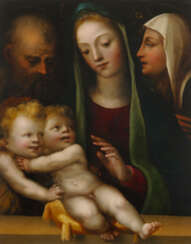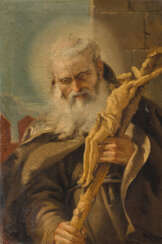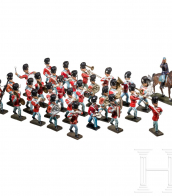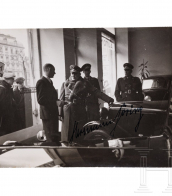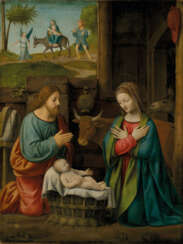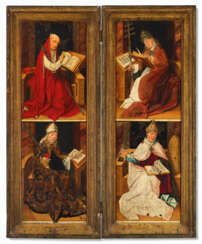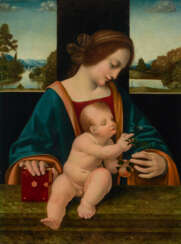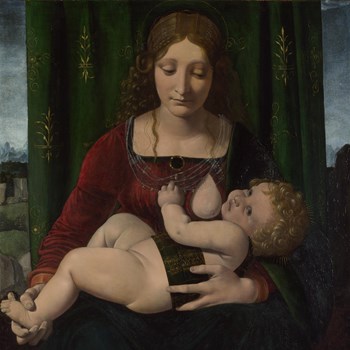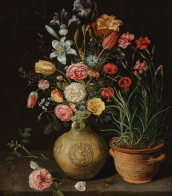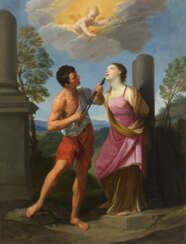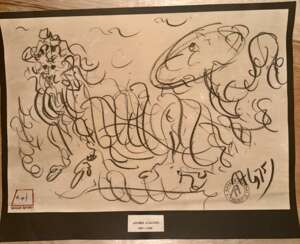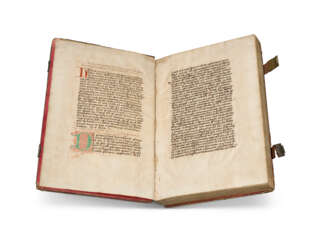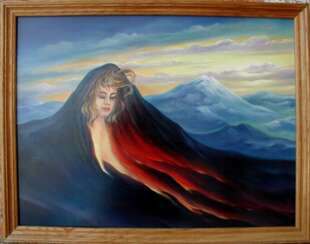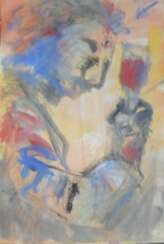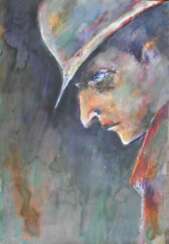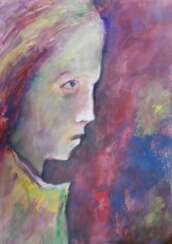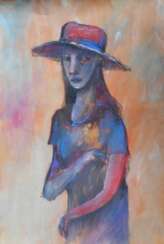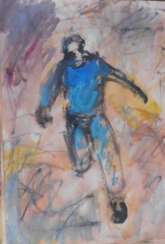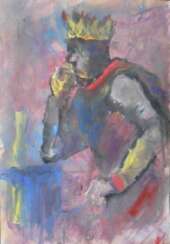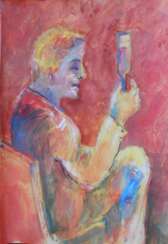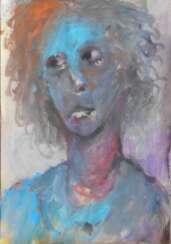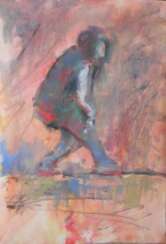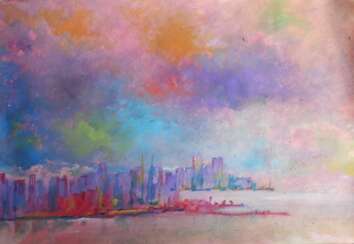story-themed picture
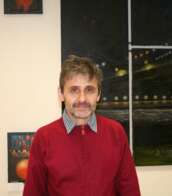
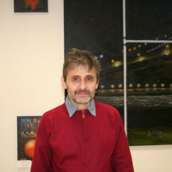
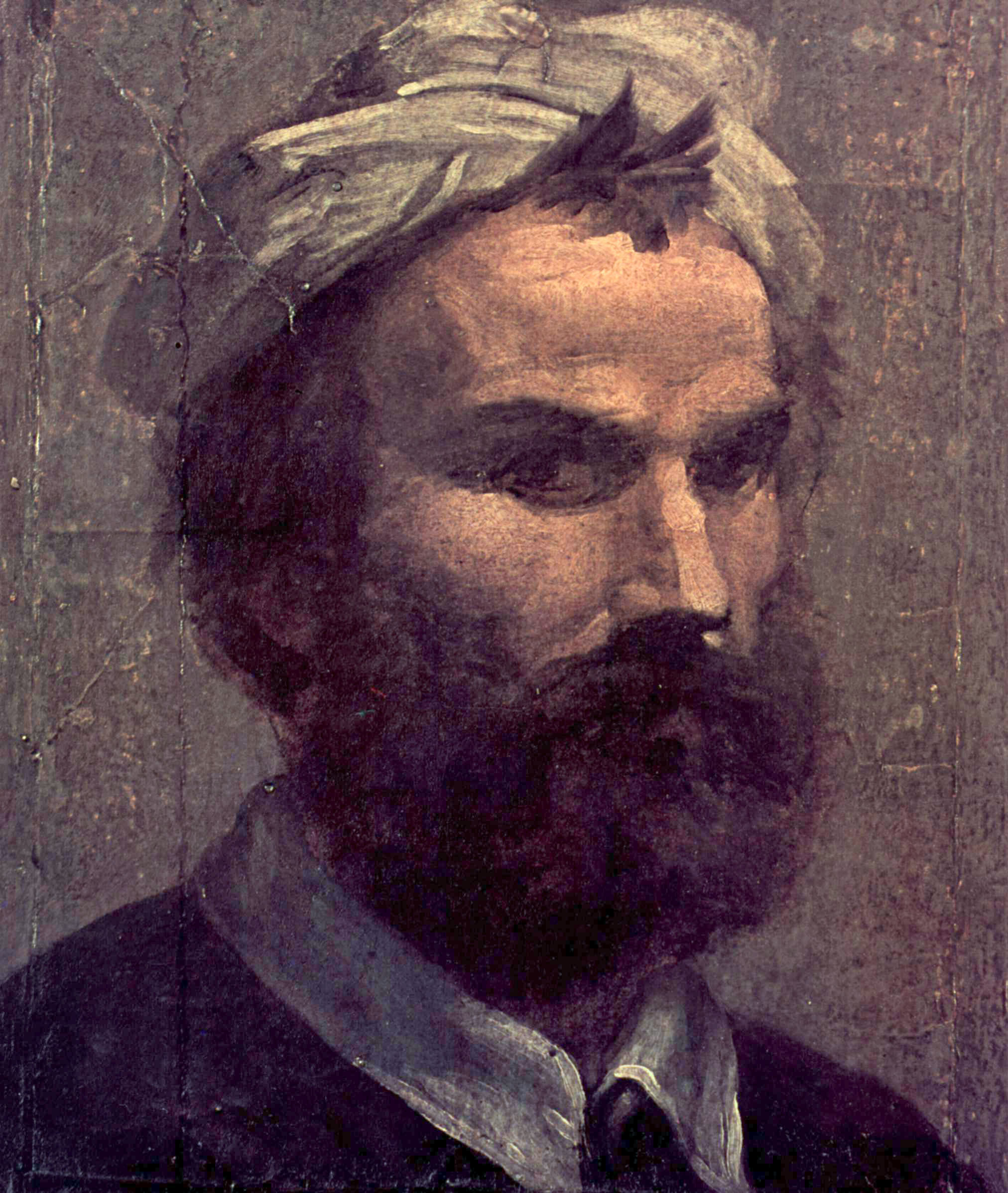
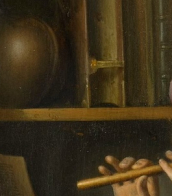
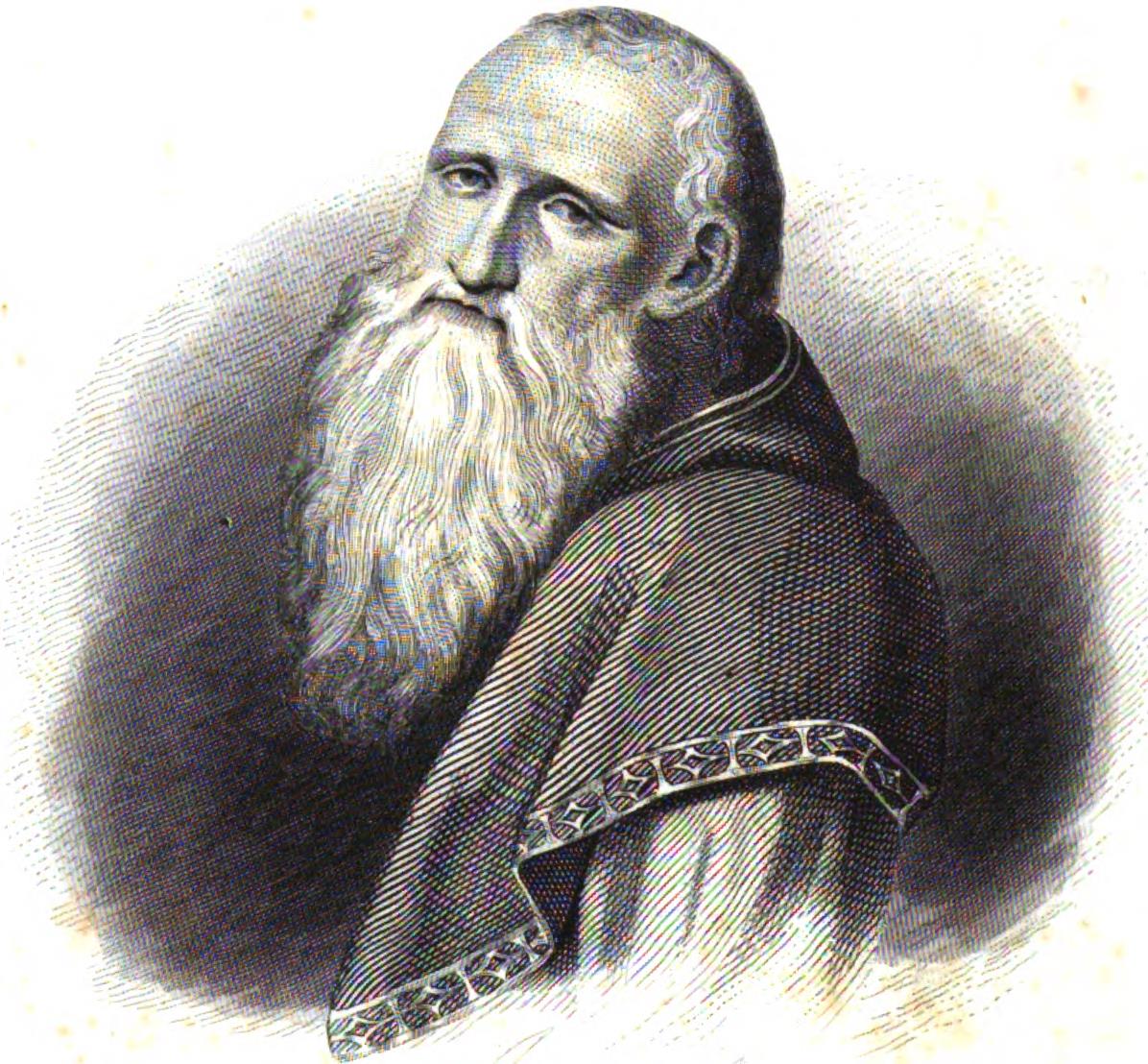
Bernardino Luini, born in Runo, Lombardy around 1481, remains a significant figure in the 16th-century Lombard school of painting. A key member of the Milanese second Leonardo movement, he, along with Cesare da Sesto and Giampietrino Francesco Melzi, contributed to the essence of this artistic era. Luini's journey into art was accompanied by his marriage to Margherita Lomazzo in 1510. Among their four sons, Giovan Pietro and Aurelio followed their father's footsteps, becoming painters themselves. Influenced profoundly by Raphael's work, Melozzo da Forlì, and Leonardo da Vinci, Luini skillfully blended Leonardo's techniques with his own innovations. His Salome with the Beheading of John the Baptist (Uffizi) draws inspiration from Leonardo's La Scapigliata, while his Holy Family with the Infant John (Prado) echoes Leonardo's lost original sketch of affectionate children.
Luini's artistic journey began with the disputed but noteworthy Madonna with the Child and Two Saints (1507), now exhibited in Paris's Musée Jacquemart-André. One of his remarkable works, Madonna della Buonanotte, can be found in the Chiaravalle Milanese monastery. This painting held a unique purpose – after evening prayers, passing monks would be greeted by the artwork, offering them a peaceful night's rest. In later years, Luini's focus shifted to fresco painting. Notably, his captivating depictions of the Crucifixion in Lugano's Santa Maria degli Angioli church and the small-scale Crucifixion in San Nazario in Dino, a subdivision of Sonvico, are celebrated masterpieces that showcase his skill.
Bernardino Luini's legacy endures as a testament to his mastery of Lombard Renaissance art. His fusion of Leonardo's influence with his own creative brilliance left an indelible mark on the artistic landscape of the 16th century, making him an integral part of the Milanese second Leonardo movement.
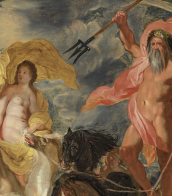

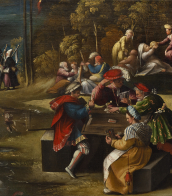
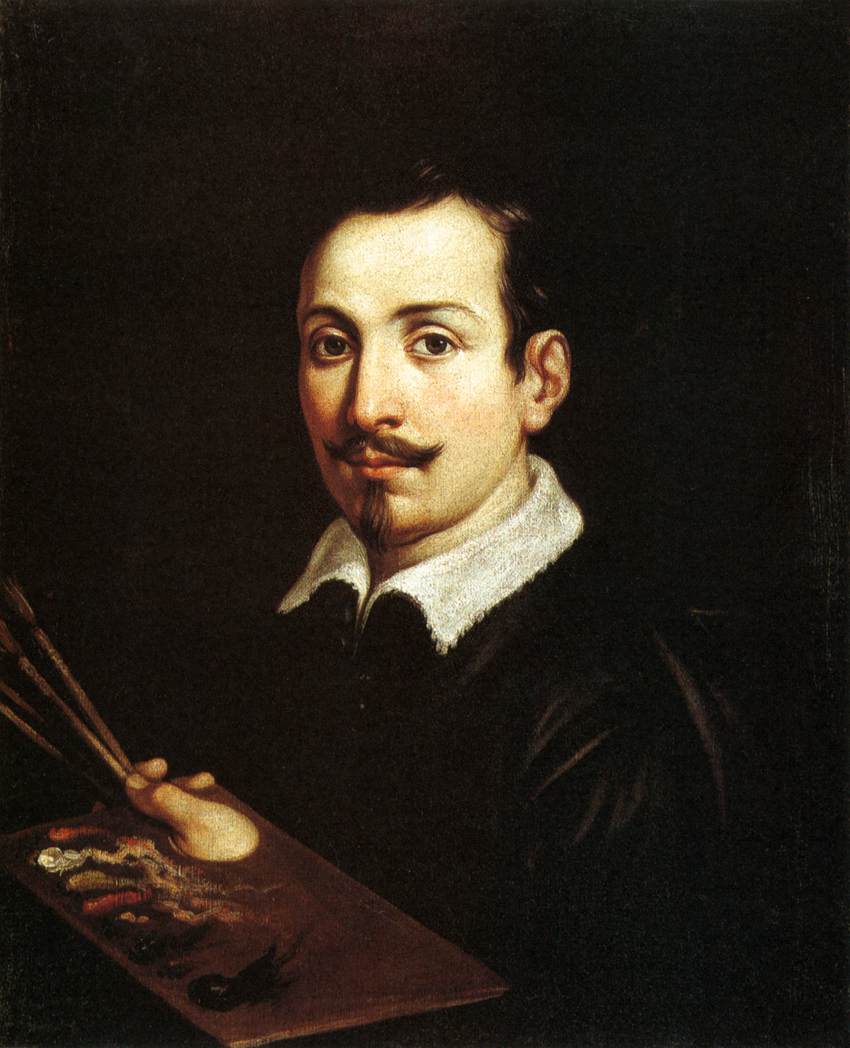
Guido Reni was an Italian Baroque painter, celebrated for his refined and classical approach to art. Born in Bologna, Italy, Reni's career spanned the late Renaissance and early Baroque periods, where he became known for his religious and mythological scenes. His style, characterized by elegance and grace, set him apart from his contemporaries, making his works highly sought after by both religious and secular patrons.
Reni's training under Denys Calvaert, followed by his time in the Carracci workshop, laid the foundation for his distinctive blend of classical idealism and Baroque dynamism. This education, coupled with his interactions and reported rivalry with Caravaggio in Rome, influenced his development as an artist who could balance the dramatic intensity of the Baroque with a serene classicism.
One of Reni's most famous works, the fresco "Aurora" in the Casino dell'Aurora of Palazzo Pallavicini-Rospigliosi, showcases his mastery of classical forms and his ability to convey narrative through expressive composition and vibrant color. This masterpiece, depicting Apollo's chariot led by Dawn, is celebrated for its simplicity and restraint, contrasting the more elaborate compositions typical of his era.
Reni's contributions to religious art are also significant, with works such as "The Archangel Michael Defeating Satan" and "Saint Joseph and the Christ Child" reflecting his capacity to imbue traditional Christian subjects with a profound sense of divinity and humanity. His paintings are distinguished by their delicate treatment of light and shadow, a hallmark of his refined aesthetic.
Collectors and art experts continue to admire Reni's works for their technical brilliance and emotional depth. His paintings, such as "The Massacre of the Innocents" and "Saint Sebastian," are preserved in major museums worldwide, testament to his enduring influence on Western art. Reni's legacy as a bridge between the Renaissance's ideal beauty and the Baroque's emotive power remains unparalleled, securing his place among the pantheon of great artists.
For collectors and experts in the field of art and antiques, Guido Reni's oeuvre represents not just the pinnacle of Baroque painting but also a connection to the cultural and aesthetic shifts of his time. To stay updated on sales, auctions, and exhibitions related to Guido Reni's works, signing up for updates can provide exclusive insights and opportunities to engage with the legacy of this exceptional artist.

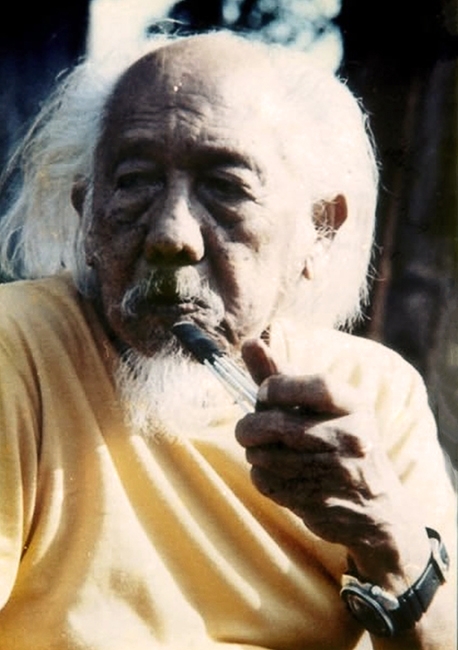

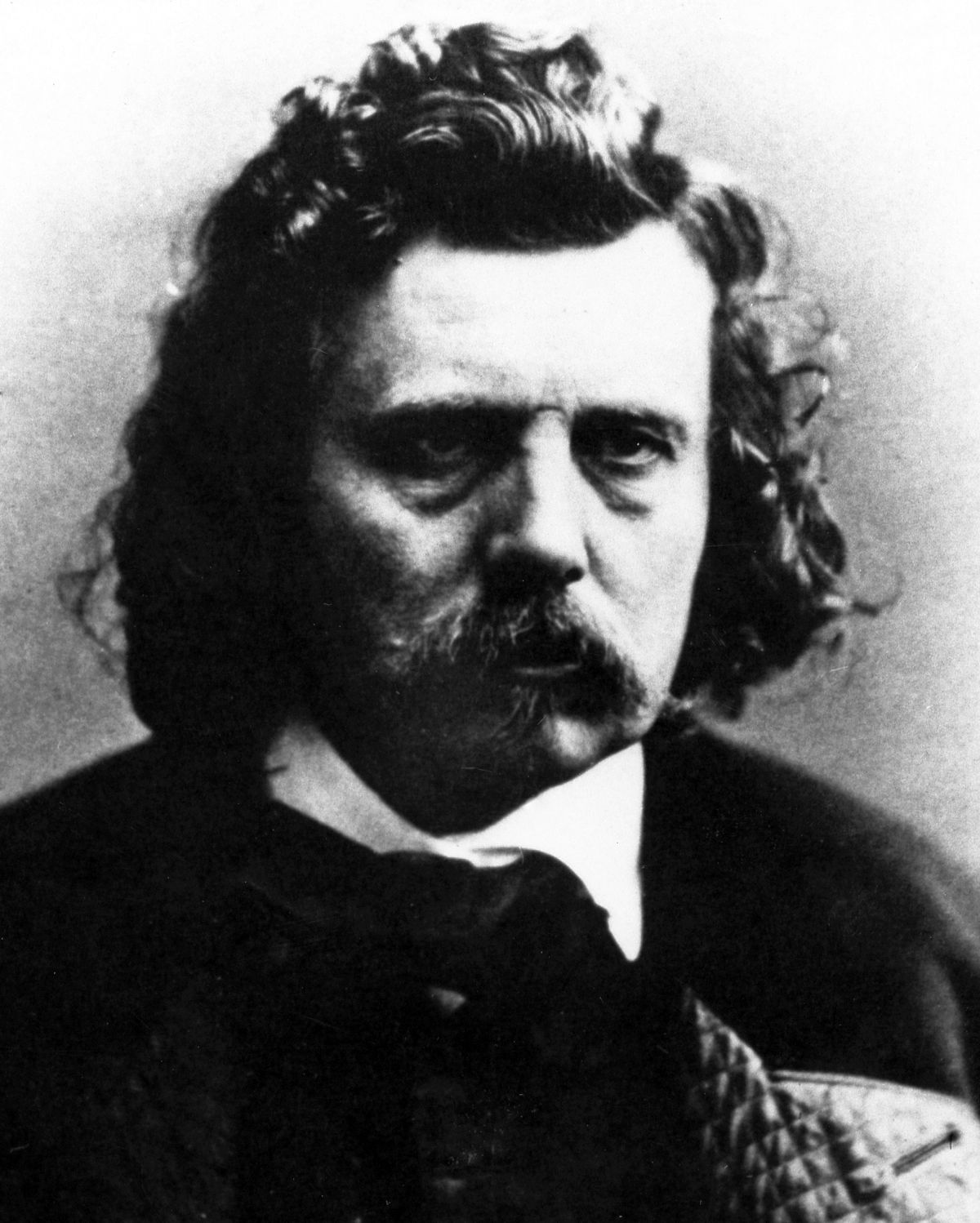
Emanuel Leutze was an American and German painter of the mid-nineteenth century. He is known as a painter who worked in the historical genre and is considered a representative of the Düsseldorf School of painting.
Emanuel Leutze was born in Germany and moved to America at the age of nine. He received his art education in Philadelphia, then, returning to Germany, at the Düsseldorf Academy of Fine Arts. His most famous painting, "Washington Crossing the Delaware," was painted in his native country, with views of the Delaware River taken from Rhenish landscapes. Returning to the United States in 1859, the artist decorated the Washington Capitol with his historical paintings. His work is highly regarded in America for its patriotic orientation.
In Germany, Leutze was one of the founders of the Association of Artists "Malkasten", the Association of German Artists, headed the Union of Mutual Aid of Düsseldorf artists.



